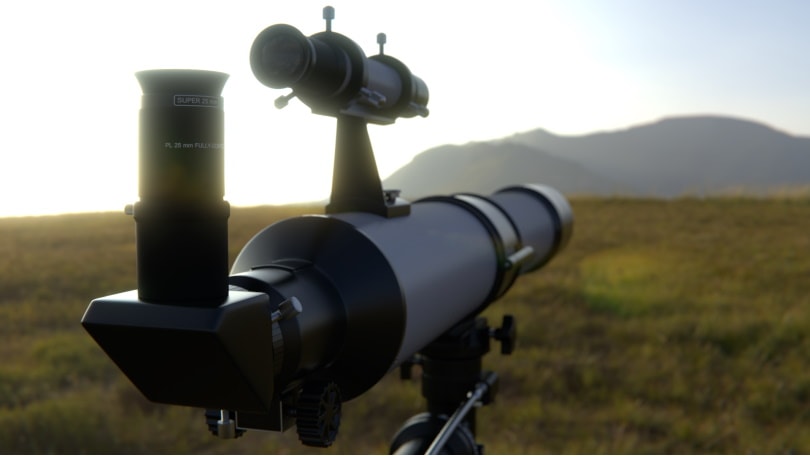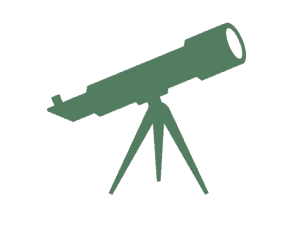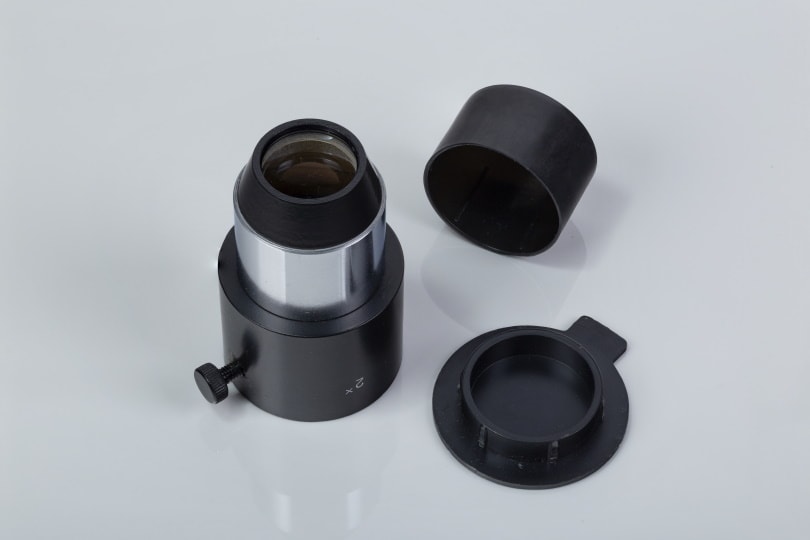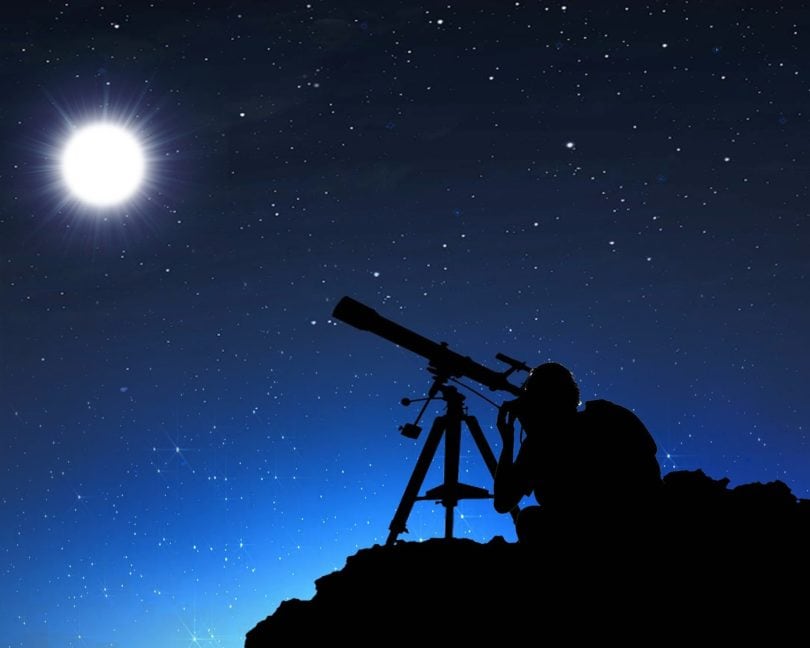What is a Barlow Lens & Why do Astronomers Use Them
Last Updated on

If you’re new to astronomy, a term that you want to become familiar with is the Barlow lens. These nifty little tools are commonplace at star parties, in backyard astronomer’s tool kits, and even at observatories.
After learning more about them, you’ll understand why. The good news is that the basic concept is easy to understand, even if the inner mathematical workings are a bit more complex.
Barlow lenses are affordable, versatile, and highly effective. If you’ve been observing for years without one, we’re about to change the way that you view the sky.

What Is a Barlow Lens?

Simply put, a Barlow lens is a device used to increase the magnification level on a telescope. You cannot use a Barlow lens by itself. Instead, you pair it with a traditional eyepiece to increase the magnification.
There are various magnification ranges, so if a 10mm eyepiece gives you a 120x magnification, if you’re using a 2x Barlow lens, you’ll get 240x magnification!
This makes them incredibly powerful and versatile tools to add to any astronomer’s toolbox.
How Does a Barlow Lens Work?

A Barlow lens works by decreasing the eyepiece’s focal length. If you understand how the inner workings of how telescopes magnify an image, then it makes perfect sense how Barlow lenses help. The magnification you see is nothing more than an equation where you divide the telescope’s focal length with the eyepiece’s focal length.
So, when you insert a 2x Barlow lens, it doubles the magnification level, and if you insert a 3x Barlow lens, it triples the magnification. There are other Barlow lens configurations out there, but those two are the most common.
Advantages of a Barlow Lens

The advantage of a Barlow Lens is that it’s an affordable way to improve your top-end magnification. Another perk is that it gives you far more versatility when setting up your eyepiece.
Let’s say that you have a set of eyepieces with a 25mm, 17mm, 10mm, and 6mm focal length. With your telescope, that might give you the ability to view objects at 48x, 70x, 120x, and 200x magnification, respectively.
Adding in a 2x Barlow lens gives you the option to view objects at 96x, 140x, 240x, and 400x magnification! Instead of adding four separate eyepieces to achieve those results, a single eyepiece has effectively doubled your magnification ranges!
Not only do you get double the ranges, but there are also fewer pieces to keep track of, and it’s easy to set everything up in the dark.
Disadvantages of a Barlow Lens

There are two main disadvantages to a Barlow lens. First, if you get a low-quality set, they blur the images on the edge, and this becomes even more pronounced if you have astigmatism.
While this might not seem like a huge deal because you’re trying to line up images in the center of the telescope, it can be frustrating when you’re trying to track down an object or get a wider field of view.
Second, like any device that you use to increase magnification, a Barlow lens significantly reduces the amount of light that your telescope can bring in.
It’s no different than any other magnification setting, so the amount of light that you can bring in is inversely proportional to your magnification. The relationship is the amount of magnification squared.
So, if you’re using a 10mm eyepiece that usually brings in 120x magnification, you’re already collecting 14,400 times less light than you would at 1x magnification. By strapping on a 2x Barlow lens, you’re increasing your magnification to 240x, but now you’re only bringing in 57,600 times less light than you would at 1x magnification.
So, while a Barlow lens can increase power, it can’t bring in more light — you’ll still need a bigger and better telescope for that!

Summary
While Barlow lenses are great tools, they can’t replace traditional eyepieces, and you’ll still need a telescope that can handle the extra magnification.
But for each Barlow lens you have, you’re basically doubling the number of eyepieces in your collection. We recommend at least a 2x Barlow for every backyard astronomer, and if you have an 8″ telescope or larger, you should consider getting a 3x Barlow too.
A Barlow lens will open up the sky to a whole new world of possibilities, so happy stargazing!
Featured Image Credit: Pixabay
About the Author Robert Sparks
Robert’s obsession with all things optical started early in life, when his optician father would bring home prototypes for Robert to play with. Nowadays, Robert is dedicated to helping others find the right optics for their needs. His hobbies include astronomy, astrophysics, and model building. Originally from Newark, NJ, he resides in Santa Fe, New Mexico, where the nighttime skies are filled with glittering stars.
Related Articles:
How to Clean a Refractor Telescope: Step-by-Step Guide
How to Clean a Telescope Eyepiece: Step-by-Step Guide
How to Clean a Rifle Scope: 8 Expert Tips
Monocular vs Telescope: Differences Explained (With Pictures)
What Is a Monocular Used For? 8 Common Functions
How to Clean a Telescope Mirror: 8 Expert Tips
Brightfield vs Phase Contrast Microscopy: The Differences Explained
SkyCamHD Drone Review: Pros, Cons, FAQ, & Verdict
